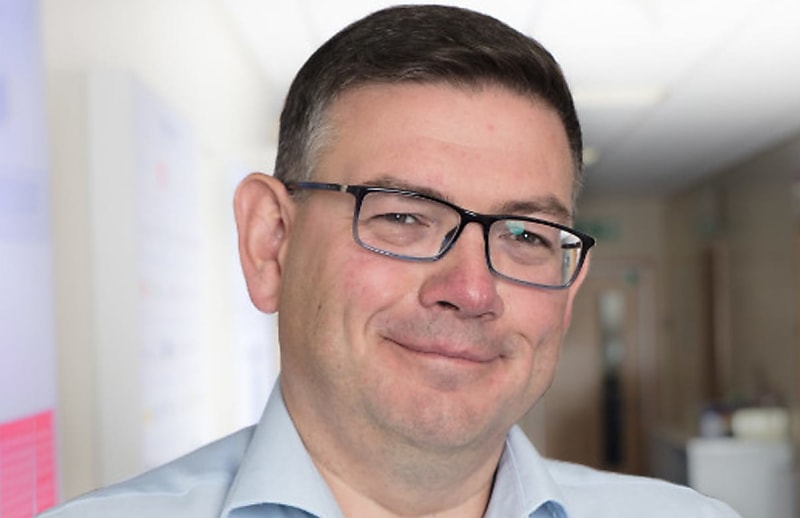Culture of continuous improvement key to driving productivity, BlackLine says
BusinessWhile technology is important to driving productivity growth, culture and strategy are key to genuine business improvement, BlackLine has said.

Brian Morgan, VP of strategy, invoice to cash at BlackLine, told Accountants Daily that procuring new technology was just half the battle for businesses looking to drive productivity gains.
He reflected on his own journey in acquiring and growing businesses and shared advice on what moved the dial the most in his experience. According to him, real progress could be spurred by analysing and updating underlying processes and fostering a culture of continuous improvement.
“I think leaders always think it’s on them to come up with all the great ideas,” Morgan said.
“Technology was a major catalyst for change, but it wasn’t the only thing on its own. So even once we implemented technology, I challenged all of my team to find one thing we could do better. I had 80 people. If 80 people found one thing that we could do better, that’s a lot of change that we can drive.”
While AI has the capacity to drive efficiency, free up employee time, and automate manual processes, Morgan said that companies that applied new technologies without a strategic plan or buy-in from their employees would see lesser gains.
“If you really want to embrace AI, you’ve got to think about, how can I do that better?” Morgan said.
“What we are often seeing is people go ‘AI is the answer’, and then try and work out what the question is. And I think it’s important that you really articulate the problem that you’re trying to solve.”
Morgan added that when implementing new technologies or automating processes, companies should take the opportunity to review and streamline underlying systems to drive genuine productivity gains.
“Technology is and can be a major contributor [to growth]. But even then, the biggest challenge we have as a supplier is when people want to automate what they‘ve always done, which just means they take their bad process of today and do it faster,” he said.
When implementing technological changes, Morgan also recommended bringing staff along to the journey and getting on-the-ground input as to how technology could be best applied to day-to-day processes.
“Instead of people feeling that the change was being done to them, they were part of the journey of excellence, of driving the change,” he said.
“The people who knew processes the best were the people who were doing the processes every day. I asked them, right, how could we improve it? And I think it all ties in, that you‘re driving that change with people and that fostering this continuous improvement culture where people wanted to come up with [ideas].”




